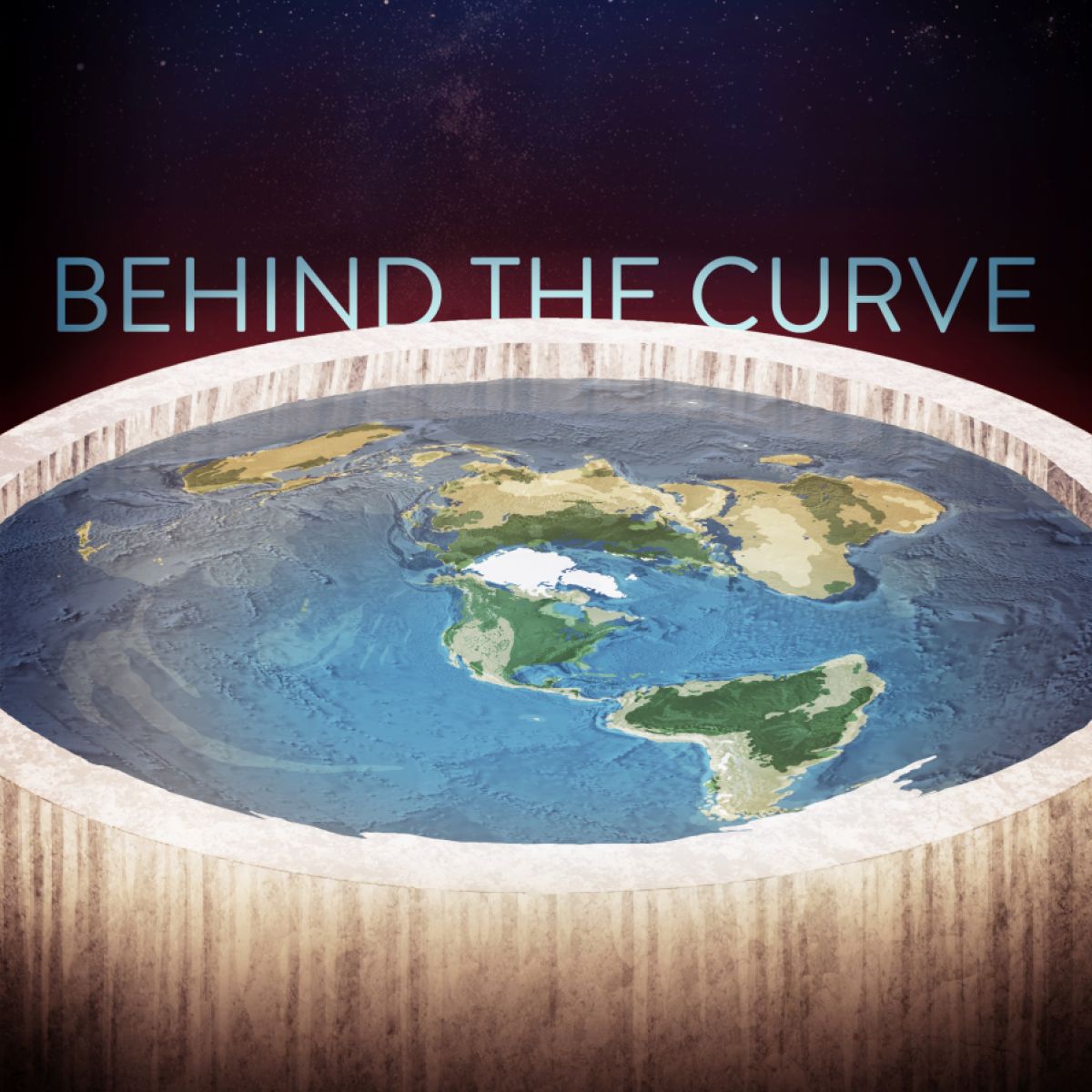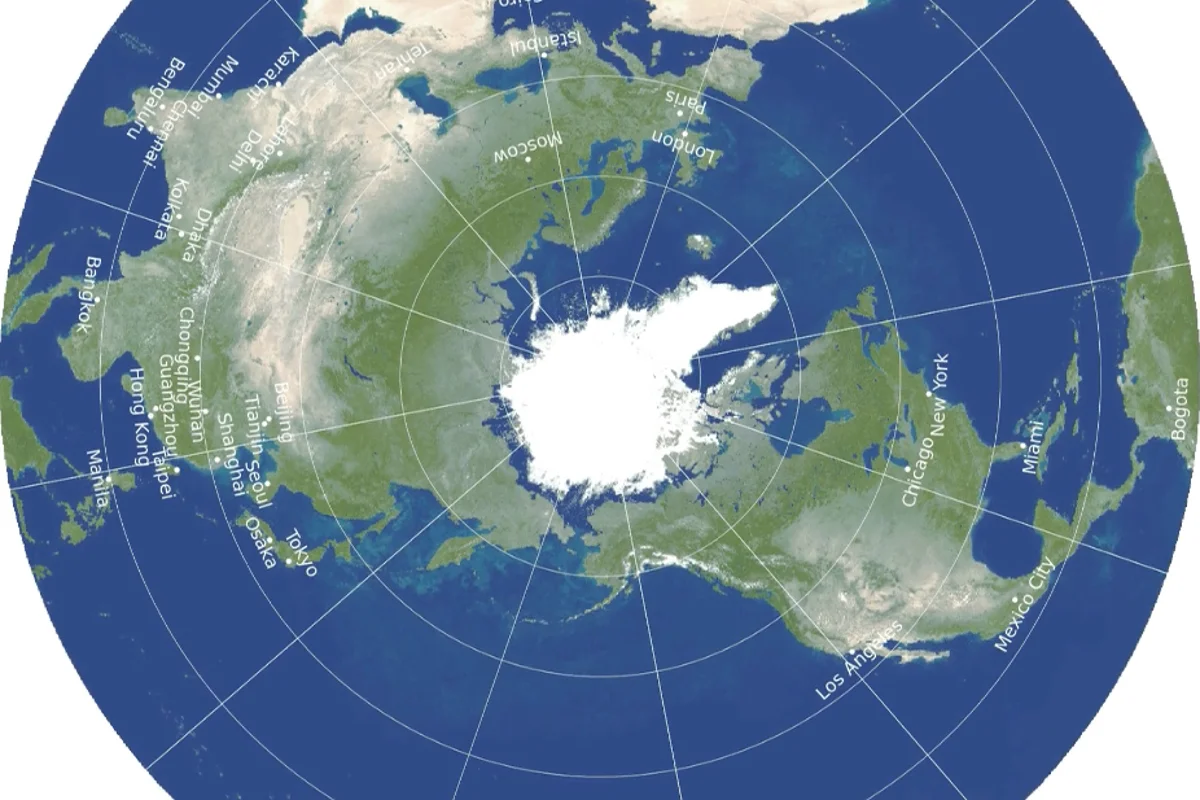The idea that the Earth is flat, rather than an oblate spheroid as widely accepted in modern science, is one of the most enduring and controversial conspiracy theories. Despite centuries of scientific evidence and exploration proving the Earth’s spherical shape, proponents of the Flat Earth theory persist in challenging mainstream knowledge. Here, we delve into the origins, beliefs, and arguments surrounding this unconventional view of our planet.
1. Historical Roots and Revival

Belief in a flat Earth dates back to ancient civilizations, where early cosmologies often depicted the Earth as a flat disk or plane. However, by the time of ancient Greece, thinkers such as Pythagoras and Aristotle proposed evidence and arguments for a spherical Earth based on observations such as the Earth’s curved shadow during lunar eclipses and the way ships disappear over the horizon.
The modern resurgence of the Flat Earth theory can be traced to the late 19th and early 20th centuries, gaining momentum with the publication of books and pamphlets promoting the idea that scientific evidence supporting a round Earth is fabricated or misunderstood. The internet age has further fueled the spread of Flat Earth beliefs, with online communities and social media providing platforms for discussion and recruitment.
2. Key Tenets of Flat Earth Theory

Central to Flat Earth theory is the assertion that the Earth is a flat, disc-shaped plane, surrounded by an ice wall barrier (Antarctica) at its edges. The North Pole is positioned at the center of the disk, with the continents and oceans spreading outwards. Gravity, according to Flat Earthers, does not exist as described by mainstream science, but rather the Earth accelerates upward, which they claim explains the force of gravity humans experience.
Proponents of the Flat Earth theory reject evidence such as satellite images, space missions, and the curvature visible from high-altitude flights, arguing that these are fabrications or misinterpretations. They often conduct their own experiments, such as laser tests over long distances or observations of distant objects, to support their belief in a flat Earth.
3. Conspiracy Theories and Skepticism

Flat Earthers believe that the round Earth model is a conspiracy perpetuated by governments, space agencies like NASA, and other scientific organizations. They assert that these entities manipulate evidence, suppress dissenting views, and promote false narratives to maintain control over society. Claims of photoshopped images, forged data, and inconsistencies in scientific explanations are common arguments used to support this conspiracy narrative.
Moreover, Flat Earthers view education systems and mainstream media as complicit in perpetuating the spherical Earth deception, indoctrinating the public from an early age. They encourage skepticism towards established scientific principles and advocate for questioning accepted truths in favor of personal observation and empirical evidence, as they interpret it.
4. Challenges and Debunking

Scientifically, the evidence overwhelmingly supports the spherical shape of the Earth. Observations such as the curvature of the Earth’s shadow on the Moon, satellite imagery showing a spherical planet, and the physics of gravity and orbital mechanics all validate the round Earth model. Astronomical phenomena like eclipses and the behavior of celestial bodies further corroborate this understanding.
Attempts to debunk Flat Earth theories through logical arguments, empirical evidence, and scientific demonstrations often meet with resistance from believers who distrust mainstream science and authorities. The persistence of Flat Earth beliefs highlights broader issues of science communication, critical thinking, and the influence of conspiracy theories in contemporary society.
5. Cultural and Social Impact

The Flat Earth theory has sparked cultural fascination and debate, becoming a symbol of skepticism towards established knowledge and authority. It has also drawn attention to broader issues of scientific literacy, misinformation, and the influence of online communities in shaping beliefs. While the majority of people accept the Earth’s roundness based on overwhelming evidence, the persistence of Flat Earth beliefs underscores the enduring appeal of conspiratorial thinking and the complexities of belief formation in the digital age.
Conclusion
The Flat Earth theory challenges foundational principles of modern science and astronomy, advocating for a return to a pre-scientific worldview based on personal observation and skepticism towards established authorities. Despite centuries of scientific progress and evidence supporting the Earth’s spherical shape, the theory persists among a dedicated community of believers. It serves as a reminder of the enduring allure of conspiracy theories and the importance of critical thinking and empirical evidence in understanding our world.





The post “Exploring the Flat Earth Theory: A Journey into Conspiracy” on the AgendaHQ website provides an intriguing deep dive into one of the most controversial and widely debated conspiracy theories of our time. The author takes readers on a well-researched journey, examining the origins, key proponents, and arguments surrounding the Flat Earth theory.